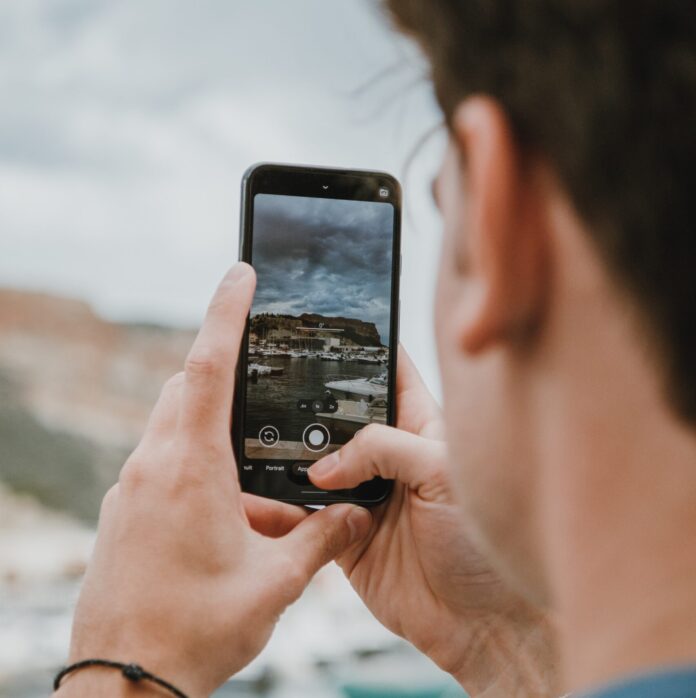As cell phones have become more advanced over the last few decades, one of the most obvious features to have improved is their cameras. What once produced blurry, grainy images that were more or less pointless in the grand scheme of things can now take pictures that rival even the best digital cameras. That said, taking professional-looking photos with the cell phones of today does require a bit of skill, but learning to do it properly is 100% worth it, especially when it comes to travel photography. If you’re looking to improve the quality of your travel photos, read on for some of our best tips.
Learn About Composition
Composition is the way different elements of a photograph are arranged in relation to each other, and developing an understanding of how it works can significantly improve how your travel photos turn out. One of the most common compositions is the rule of thirds, where the frame is divided into nine equal sections with subjects placed at the intersections or along the lines. Most phones now have a professional camera option that will display a grid on your screen, so turn it on and use it to guide the positions of your subjects.
Use Natural Light
The word photography literally means, “drawing with light,” and natural light usually creates more balanced, visually-appealing images than its artificial counterparts. That said, sunlight can be quite strong in the middle of the day, and this can wash out subjects and lead to flat, contrasty pictures. Instead, try shooting during the first hour after sunrise and the hour before sunset, sometimes referred to as “golden hours,” thanks to the warm, soft glow that the light at these times tends to cast.
Edit Like a Pro
Even the best travel photographers edit their pictures, so don’t be afraid to make a few changes on the backend in order to create the images you’re after. Play around with elements like brightness, contrast, and color, using either your phone’s built-in software or a specialized editing app. Just be sure to start small and work slowly—enhancing too much is a surefire way to end up with photos that look artificial.

